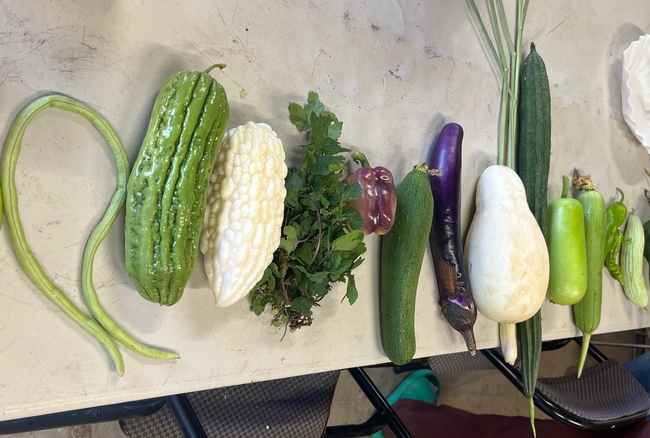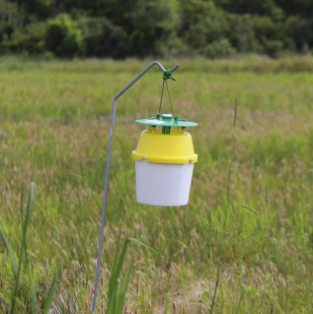- Author: Emily Kraus
The Mexican Rice Borer
There is a new pest in town affecting the small farms in Fresno County. In November of 2023, the Mexican Rice Borer (MRB)(Eoreuma loftini) was noted by Hmong lemongrass growers and brought to the attention of the previous Fresno Small Farms Advisor Dr. Ruth Dahlquist-Willard. The MRB has caused economic damage in rice and sugarcane in the southern and southeastern US, particularly Louisiana and Texas. Lemongrass growers in the Fresno area have said the borer has caused large yield losses though this has not yet been quantified. Continue reading to learn more about this insect and its' impact on local farmers.
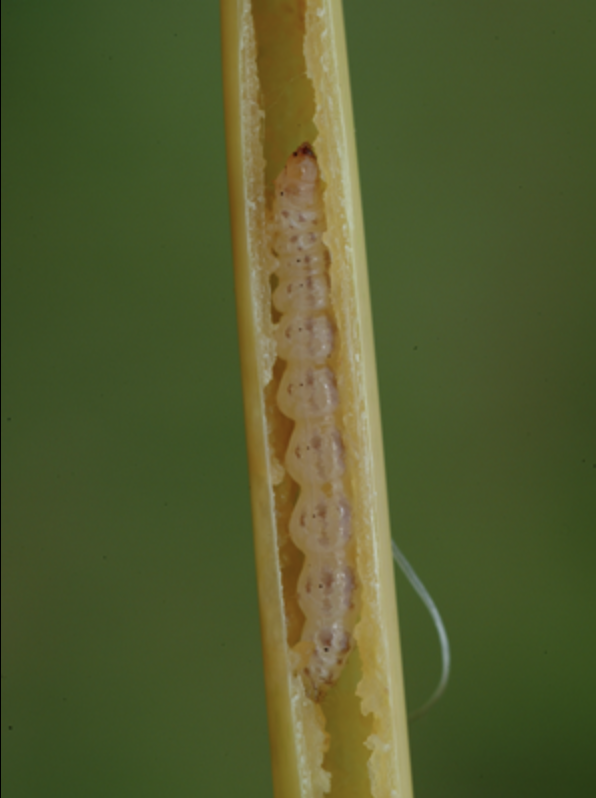
What is it?
This insect is a moth with four life stages. The adult prefers to lays eggs within folds of dry plant material but they will lay on fresh green tissue too. They can lay as many as 400 eggs at a time! The eggs take 5-14 days to mature before they hatch. The reason there is a big range is because the moths grow faster when it is warmer and slower when it is cooler.
Next is the larval or caterpillar stage. They feed on leaf parts that are easily available at first but eventually burrow inside the plant stem. The insects do the most damage in this part of their life and take 21-78 days to complete this stage. They can prolong this part of their life to live through winter inside grass stems. This means a cold winter is not likely to rid us of this pest.
When the larva has fed enough to make a bigger change it will pupate, or make its cocoon. it does this while still inside the plant's stem. It will remain in this stage for another week or two before it makes its transformation into an adult moth. They will live as adults up to two weeks.
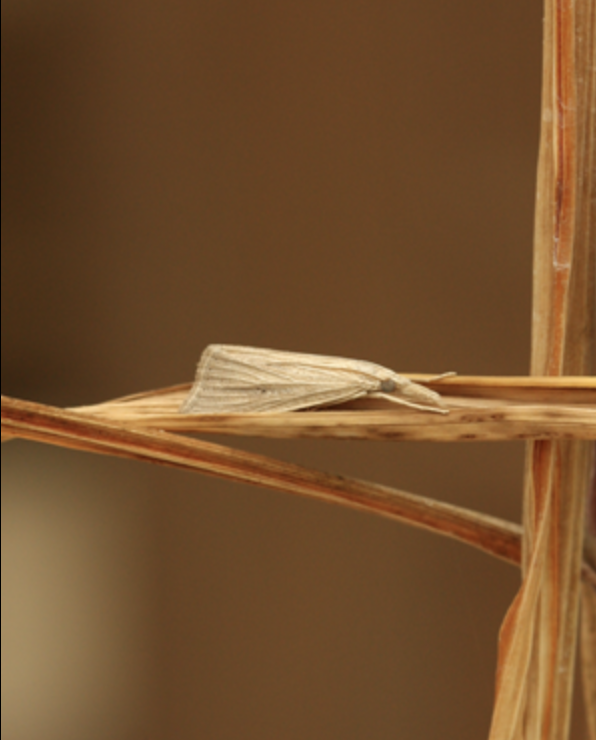
Where is it?
This cream colored moth is native to Mexico and no stranger to Riverside and Imperial counties in California. However, it has previously not been a serious enough pest in southern California to warrant longterm research inquiries. The UCCE Small Farms Team in Fresno has been tracking the insect since May of 2024 with pheromone traps. Thus far it appears to be infesting lemongrass and rice in a small area east of Fresno. The team has traps in all directions outside of this range and collaborators in the UC system have traps much further north and south so we hope to catch it, if it continues to expand from this area.
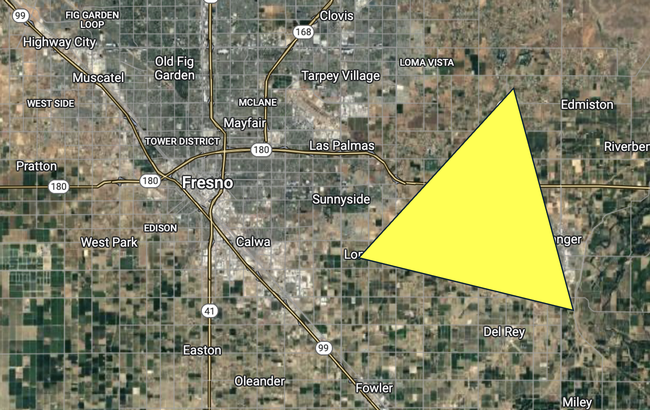
What Should Growers Do?
As stated above, the pest does not seem to have infested too large of a range so far. It will be important to scout for the pest by checking stems of affected crops for entrance holes or larvae. In rice, the presence of the larvae result in a "whitehead". This is when the grains do not fill in and the empty pannicle (or rice head) takes on a white appearance.
There are not many recommendations at this point for California growers. As the pest has previously not been an economic problem there are no registered insecticides for lemongrass or rice in the state that are expected to be effective. Cultural and physical management methods are currently the best options and are based off of studies in Louisiana and Texas.
One tactic may include planting early for rice. Late planted and ratoon rice provide abundant host plants when MRB populations are high. However, as lemongrass can span multiple seasons this may not be as effective in Fresno, as there will be host plants continuously present. Reducing the habitat for the moth when crops are not in production should reduce the overall pest population. This includes reduced stubble height for rice and sugarcane as well as stubble destruction after crop harvest for all crops. Removing lemongrass stems from the field by tilling or mowing can reduce latent habitat as well. Finally, removing dry tissue from fields and watering well to prevent drought like conditions can reduce the favorable dry leaves that adults like to lay eggs on.
Crops are not the only host of this pesky moth. The insect has been referred to as living in any grass with a wide enough stem to host the larvae. Johnsongrass, a pest itself, is a favored weed host of the MRB. Keeping fields and neighboring plots clear of grasses can reduce habitat.

Summary
The UCCE Fresno and Madera Small Farms Team will continue to work with our collaborators to track this pest and alert growers to any further expansion. Small farm producers of lemongrass, rice and sugarcane are allowing us to place pheromone traps on their farms to monitor for the pest. There will be further updates on scouting, types of damage in various crops, and management suggestions through this blog and our Hmong radio hour on Tuesdays at 2:00 PM PCT. Additionally, the team will begin small scale research trials to determine economic management strategies and alternatives for California lemongrass growers. If you have questions or concerns about this pest please reach out to me, Emily Kraus, CE Small Farms Advisor.
References
Wilson, B. E., et al. "Expansion of the Mexican rice borer (Lepidoptera: Crambidae) into rice and sugarcane in Louisiana." Environmental entomology 44.3 (2015): 757-766
Showler, Allan T., and Thomas E. Reagan. "Mexican rice borer, Eoreuma loftini (Dyar)(Lepidoptera: Crambidae): range expansion, biology, ecology, control tactics, and new resistance factors in United States sugarcane." American Entomologist 63.1 (2017): 36-51.
- Author: Emily Kraus
Hello Small Farms Community! My name is Emily Kraus and I am excited to announce that I have joined the UCCE Small Farms team in Fresno. Back in June (2024), I made the treck to Fresno from Florida. I had a little time to settle in before beginning my new role here in July. Since then I have been BUSY trying to figure out how to serve the community of small farmers in the area. Please read on to learn a little more about me and my hopes for the program.
My Background
My journey began like many others, with one step out the door of my parents' home in Indiana. The first big stop was at Purdue University where I received my B.S. in Entomology, the study of insects! The projects I worked on there involved biological control of soybean aphid and genetic work on the human body louse. Both agricultural and medical entomology were interesting to me and I had a hard time deciding which to pursue. I ended up going to Kansas State University next where I completed my M.S. in entomology with a focus on mosquitoes. It turned out I didn't like being indoors all the time so I decided to join the U.S. Peace Corps as a Sustainable Agriculture Extension Agent. They sent me to Senegal West Africa! That was an amazing experience.
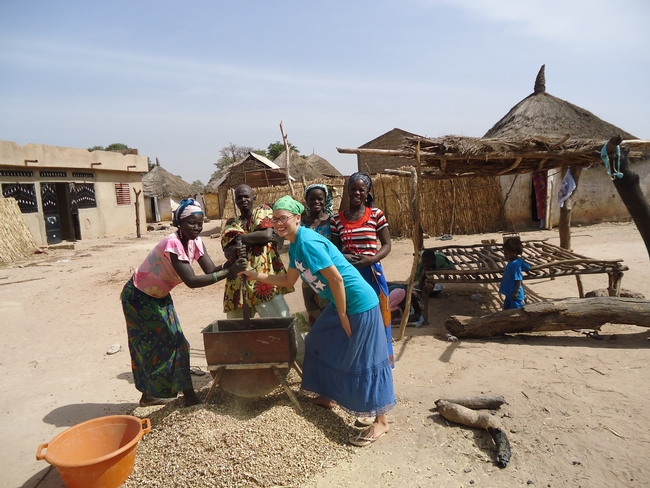
From there I decided to continue to pursue agriculture and worked briefly at Monsanto before going on to Louisiana State University. There I did my PhD work in rice production. I loved working on the universities rice farm and talking to rice growers at Extension meetings. Ultimately, I graduated and had to decide what to do next. I decided to do a postdoctoral fellowship at Rhodes University in South Africa. There I worked on biological control of invasive weeds. It was very interesting work. There are not many places where your field work might put you in a river with crocodiles and hippos!
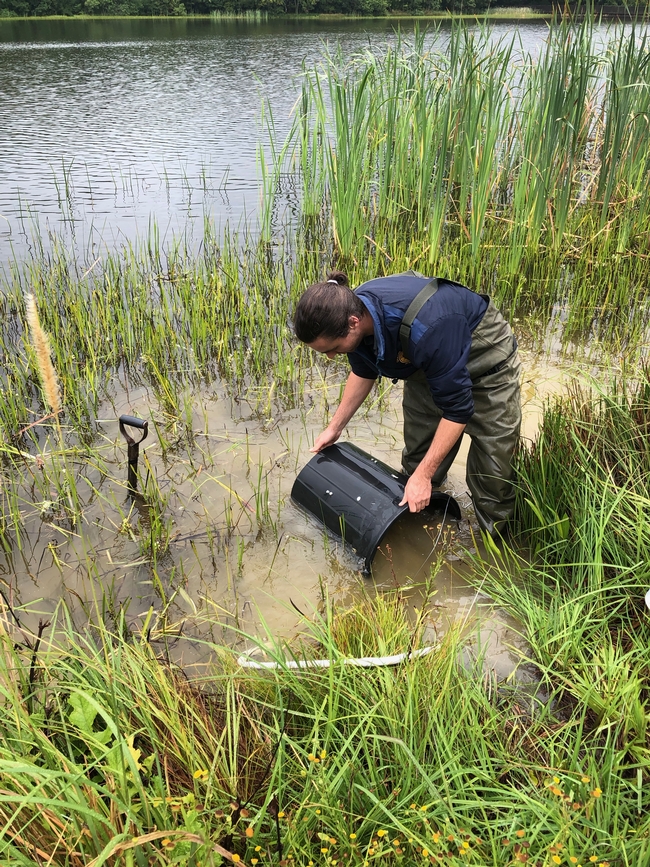
When I came back to the U.S. I wanted to move to Florida to spend more time with my family. First, I worked at the Florida Department of Agriculture and Consumer Services (FDACS). This role also involved biological control of invasive pests. I learned about the Asian citrus psyllid and met a whole new group of farmers. After a few years I switched over to the University of Florida and spent two years in the Pesticide Information Office as an Extension Scientist. It was from this work that I learned all about becoming a certified pesticide applicator. The only problem was that there was no research opportunity in this position which is one of many reasons I wanted to become a Farm Advisor here in Fresno.
Getting Started in Fresno
It has taken me a couple of months to get going in this role. Many of you reading this know I am coming in after Ruth Dalquist-Willard. Due to her extensive success I have quite a large program to take over! I have been spending my time meeting the team and making connections with other organizations in the area. Also, I have made a point to get out on the farms. There is so much diversity in the small farms in this region and it seems it could take a lifetime to learn about them all.
As a team we intend to continue many of the projects that Ruth had going. These include investigating benefits of cover crops and compost, working with growers to pass food safety inspections, supporting growers with information on pesticide regulations, trouble-shooting various issues with water access and quality, and tracking the expansion of new pests like the Mexican Rice Borer. There is no shortage of things to do! As I learn more about the specialty crops and challenges our stakeholders face, I am designing new projects and will be keeping the team busy!
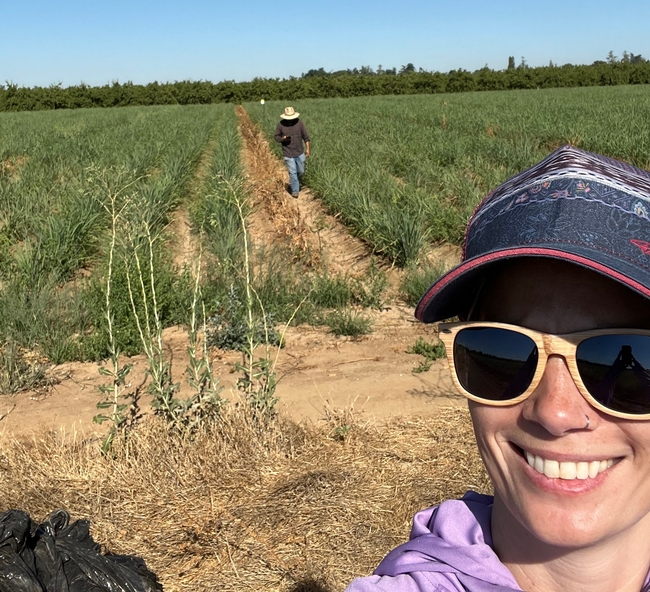
Looking Forward to Meeting You!
The most important part of getting started in this role is for me to meet our partners and stakeholders. Please reach out and introduce yourself! I will certainly be making the rounds to local farms and networking events, but don't hesitate to put yourself on my radar. The team here in Fresno is excited to continue to serve our stakeholders as I transition into this role. We want to hear about your concerns and figure out how we can continue to support small farms in Fresno and Madera counties, as well as contribute to projects across the state. I'm looking forward to meeting you!
